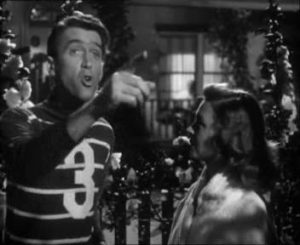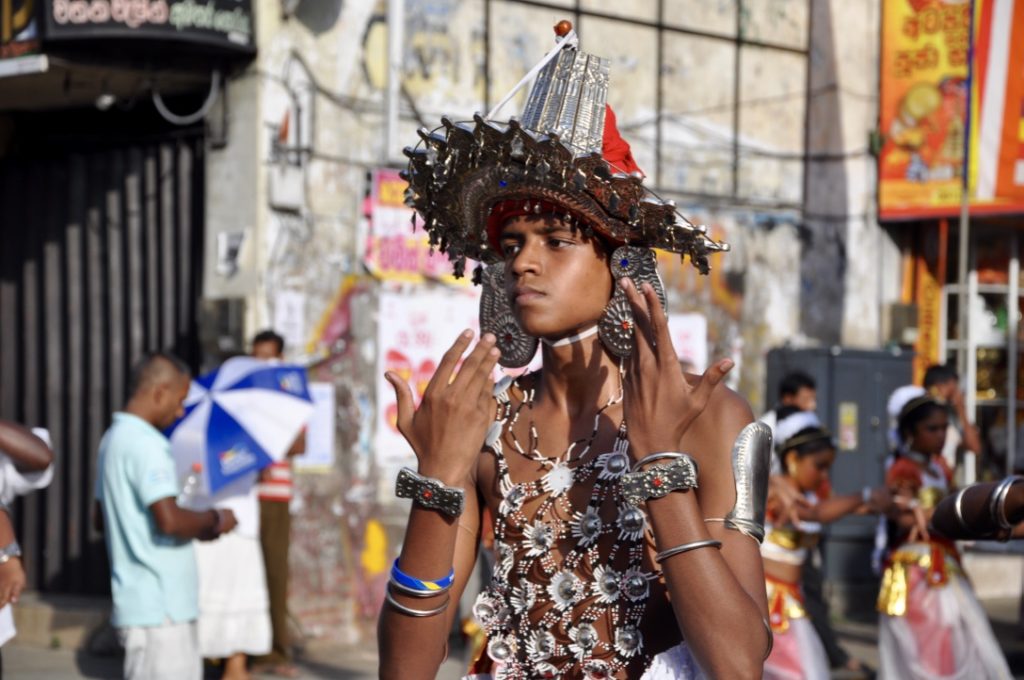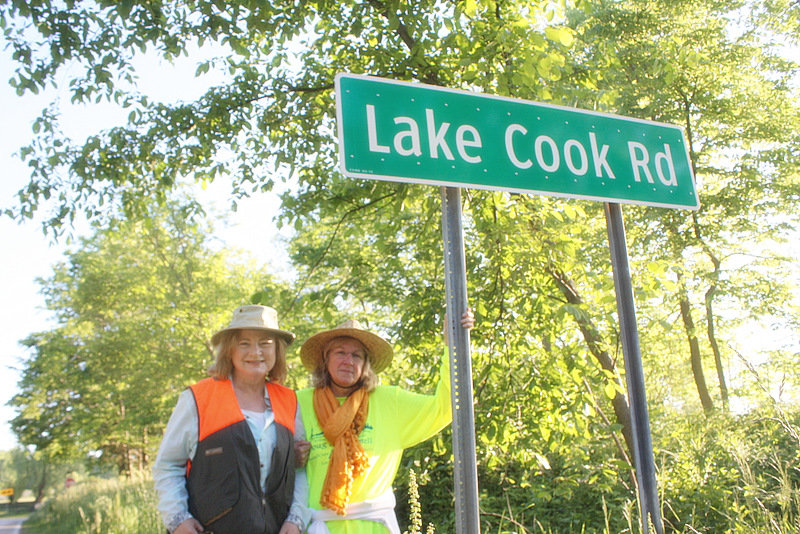 In Frank Capra’s film It’s a Wonderful Life, George Bailey (Jimmy Stewart) asks his soon to be wife, Mary (Donna Reed): “What do you want? You want the moon? Just say the word and I will throw a lasso around it.” The first three months in 2019 would have been a good time for George to try. During these months a perigee full moon or “super moon” arose in the sky. Perigee describes when the moon’s orbit is closest to Earth at the same time when it is full. While the January 21 full moon staged a total lunar eclipse and turned blood red, it was on February 19 at 4:07 a.m. Central Daylight Time when George’s lasso would need to extend only 221,681 miles to reach the moon. Closer than any other day in 2019.
In Frank Capra’s film It’s a Wonderful Life, George Bailey (Jimmy Stewart) asks his soon to be wife, Mary (Donna Reed): “What do you want? You want the moon? Just say the word and I will throw a lasso around it.” The first three months in 2019 would have been a good time for George to try. During these months a perigee full moon or “super moon” arose in the sky. Perigee describes when the moon’s orbit is closest to Earth at the same time when it is full. While the January 21 full moon staged a total lunar eclipse and turned blood red, it was on February 19 at 4:07 a.m. Central Daylight Time when George’s lasso would need to extend only 221,681 miles to reach the moon. Closer than any other day in 2019.
Curious about the super moons, my eyes wandered the night sky. To be honest, I couldn’t tell much of a difference between it and any other full moon. While venturing outside at night the unexpected can happen. January’s super moon change of color was fascinating to see. Watching February’s super moon I heard the hoo, hoo, hoo call of an owl. With a little research I determined it was a long-eared owl. This nocturnal bird uses its voice to establish territory and attract mates in the dark. Isn’t that what George Bailey was doing when he and Mary were young gazing at the moon over Bedford Falls?
For romantics everywhere, big bright super moons might be the perfect time to look to the sky for inspiration. The super moons brighten the evening landscape and pull ocean tides higher than on other nights. Without wind or water on its celestial body, light from the moon’s surfaces reaches Earth in a mere second and a half. Whether you understand what appears in the night sky or not, the moon will always be a familiar face. In many cultures the full moon is an occasion to celebrate.



 Despite having family and friends, many people choose to travel alone. I am one of them, mostly. Professor Constanza Bianchi, from Queensland University Business School in Australia studied the matter. She reported that when solo travelers leave home they are choosing “freedom, uncompromised fun and meeting new people” over the companionship of a friend or spouse. I have just returned from a trip to Austin, Texas with a friend to see a friend. My travel companion Joan and I have been friends since childhood. We met Susanne while in college. She lived in the Chicago area, but now lives 30 miles south of Austin with her husband, Randy. They have been Texans for only a few months. Joan and I promised to visit when they got settled. Due to time constraints we didn’t
Despite having family and friends, many people choose to travel alone. I am one of them, mostly. Professor Constanza Bianchi, from Queensland University Business School in Australia studied the matter. She reported that when solo travelers leave home they are choosing “freedom, uncompromised fun and meeting new people” over the companionship of a friend or spouse. I have just returned from a trip to Austin, Texas with a friend to see a friend. My travel companion Joan and I have been friends since childhood. We met Susanne while in college. She lived in the Chicago area, but now lives 30 miles south of Austin with her husband, Randy. They have been Texans for only a few months. Joan and I promised to visit when they got settled. Due to time constraints we didn’t  Traveling in a motor coach
Traveling in a motor coach Where have you been? That’s the first thing I want to know when I meet people. What were the moments you most remember while traveling? How did travel change you? However, I live in a part of the world where most social encounters begin with a person’s name, their occupation and place of residence. It’s awkward to fit my travel questions in. People are suspect. Why do I want to know this? These people have retained some semblance of a private life. People are hesitant. They’ve been bored listening to other people tell their travel stories. They don’t want to be boring. People are hurried. They don’t have time for something that requires them to pause and reflect. I understand, but still I want to know.
Where have you been? That’s the first thing I want to know when I meet people. What were the moments you most remember while traveling? How did travel change you? However, I live in a part of the world where most social encounters begin with a person’s name, their occupation and place of residence. It’s awkward to fit my travel questions in. People are suspect. Why do I want to know this? These people have retained some semblance of a private life. People are hesitant. They’ve been bored listening to other people tell their travel stories. They don’t want to be boring. People are hurried. They don’t have time for something that requires them to pause and reflect. I understand, but still I want to know.
 “It is better to travel well than to arrive” – Buddha
“It is better to travel well than to arrive” – Buddha It was 6:45am when Susan McConnell and I stood on the corner of Haegers Bend Road and Lake Cook Road in Barrington Hills, Illinois. Sprinkles of sunlight hit the pavement. The air was cool and pleasant. The sky spread its blue hue for as far as we could see. It was a good day for a walk. Sometimes travel doesn’t need to include flights, trains or cars, nor exotic places and people. The walking journey, or spaziergang as the Germans call it, is a chance to slow down, observe, and refresh one’s outlook. As residents of Barrington, Illinois Susan and I had driven down Lake Cook Road thousands of times. Yet we had never walked its length and knew of no one who had. After traveling across the world this past year, I longed to explore my own backyard.
It was 6:45am when Susan McConnell and I stood on the corner of Haegers Bend Road and Lake Cook Road in Barrington Hills, Illinois. Sprinkles of sunlight hit the pavement. The air was cool and pleasant. The sky spread its blue hue for as far as we could see. It was a good day for a walk. Sometimes travel doesn’t need to include flights, trains or cars, nor exotic places and people. The walking journey, or spaziergang as the Germans call it, is a chance to slow down, observe, and refresh one’s outlook. As residents of Barrington, Illinois Susan and I had driven down Lake Cook Road thousands of times. Yet we had never walked its length and knew of no one who had. After traveling across the world this past year, I longed to explore my own backyard. 
 I must see the total eclipse. “It’s life changing,” he said. “Everything you thought you knew is put into question.” Okay, he had been drinking when he said that but he is not one to sensationalize.
I must see the total eclipse. “It’s life changing,” he said. “Everything you thought you knew is put into question.” Okay, he had been drinking when he said that but he is not one to sensationalize.